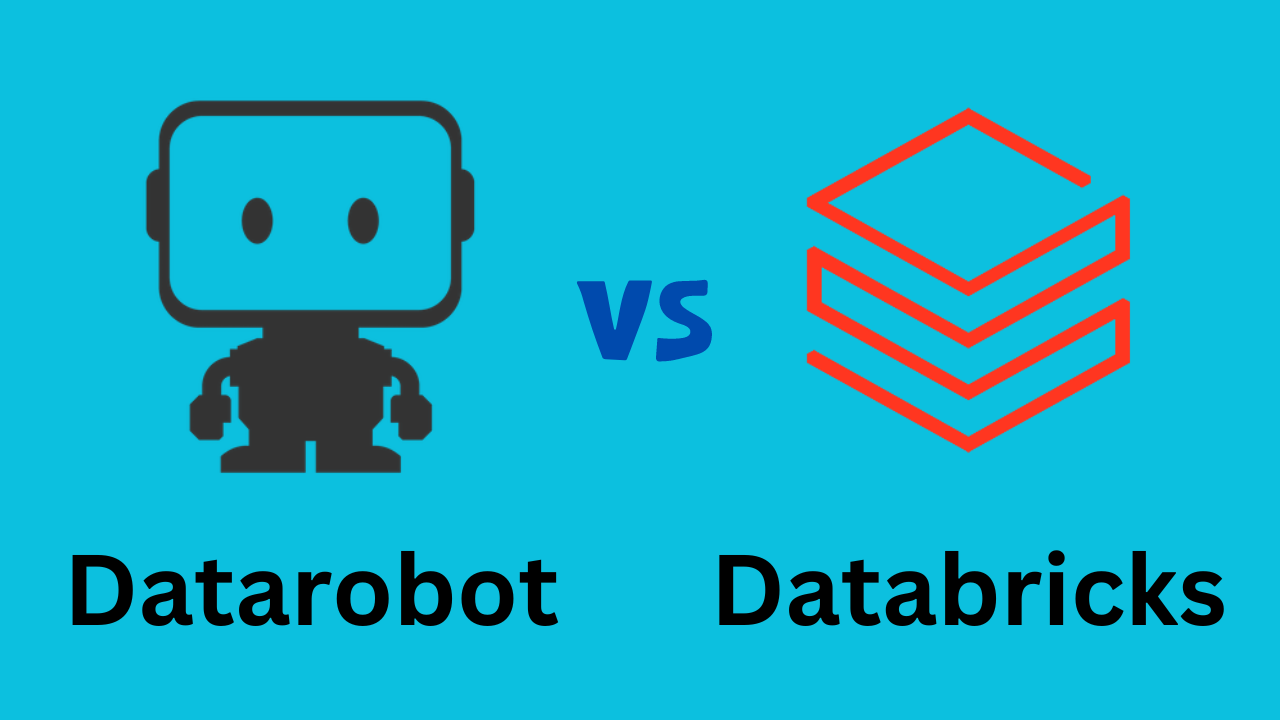Data cleaning and processing are essential steps in any statistical analysis. Raw data often contains systematic variations that can lead to poor interpretation and inaccurate conclusions. To overcome this challenge, various statistical techniques like transformation, standardization, and normalization are used to clean and process data. In this article, we will explore the differences between standardization vs normalization and how they can be used to improve data analysis.
Best Image Classification Models: A Comprehensive Comparison
What is Normalization?
Normalization is a technique used to transform data into a common scale. This technique is useful when the data has different ranges or scales. Normalization involves scaling the data to a range of 0 to 1. This process is achieved by subtracting the minimum value from the data and dividing by the range of the data. Normalization is also known as min-max normalization. Normalization is useful when we want to compare the relative importance of different variables.
For example, if we want to compare the performance of different students in a class, we need to normalize the data to ensure that the comparison is fair. Normalization is also useful when we want to reduce the impact of outliers in the data. Outliers can have a significant impact on the analysis of data. Normalization helps to reduce the impact of outliers by scaling the data to a common range.

Supervised Vs Unsupervised Machine Learning
What is Standardization?
Standardization is a technique used to transform data into a standard scale. This technique is useful when the data has different units of measurement or scales. Standardization involves subtracting the mean of the data and dividing by the standard deviation. This process results in data with a mean of zero and a standard deviation of one. Standardization is also known as z-score normalization. Standardization is useful when comparing data from different sources or when the data has different units of measurement.
For example, if we want to compare the heights of individuals from different countries, we need to standardize the data to ensure that the comparison is fair. Standardization is also useful when we want to identify outliers in the data. Outliers are data points that are significantly different from the rest of the data. Standardization helps to identify outliers by transforming the data into a standard scale.
Standardization vs Normalization
Standardization and normalization are both useful techniques for data cleaning and processing. However, they have different applications and are used in different situations.
Standardization is useful when the data has different units of measurement or when we want to identify outliers in the data Normalization, on the other hand, is useful when the data has different ranges or scales or when we want to compare the relative importance of different variables.
One of the main differences between standardization and normalization is the resulting scale of the data. Standardization transforms the data into a standard scale with a mean of zero and a standard deviation of one. Normalization scales the data to a range of 0 to 1.
Another difference between standardization and normalization is the impact of outliers on the data. Standardization can be sensitive to outliers because it is based on the mean and standard deviation of the data. Outliers can significantly impact the mean and standard deviation, which can affect the results of the analysis. Normalization is less sensitive to outliers because it is based on the range of the data. Outliers have less impact on the range of the data, which makes normalization more robust to outliers.
When to Use Standardization vs Normalization
The choice between standardization and normalization depends on the nature of the data and the analysis. Standardization is useful when the data has different units of measurement or when we want to identify outliers in the data. Normalization is useful when the data has different ranges or scales or when we want to compare the relative importance of different variables.
For example, if we want to compare the performance of different students in a class, we can use normalization to ensure that the comparison is fair. We can normalize the data by scaling the grades of each student to a range of 0 to 1. This process will ensure that the comparison is fair and that the relative importance of each student’s grade is preserved.
On the other hand, if we want to compare the heights of individuals from different countries, we can use standardization to ensure that the comparison is fair. We can standardize the data by subtracting the mean height of the data and dividing by the standard deviation. This process will ensure that the comparison is fair and that the impact of outliers is reduced.
Conclusion
Data cleaning and processing are essential steps in any statistical analysis. Standardization and normalization are two useful techniques for data cleaning and processing. Standardization is useful when the data has different units of measurement or when we want to identify outliers in the data. Normalization is useful when the data has different ranges or scales or when we want to compare the relative importance of different variables. The choice between standardization and normalization depends on the nature of the data and the analysis.
By understanding the differences between standardization and normalization, we can make informed decisions about which technique to use and when to use it. Ultimately, the goal of data cleaning and processing is to ensure that our data is accurate, reliable, and useful for making informed decisions.

















